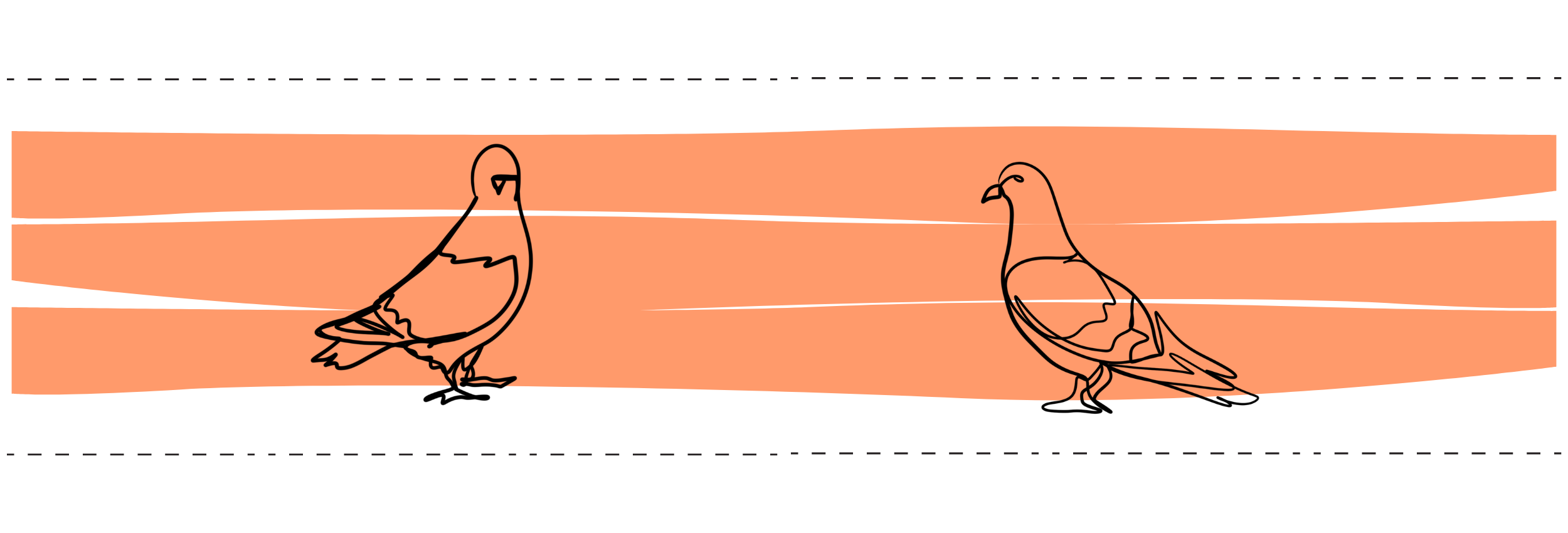Routes and Roots
Sample Activites
This exercise is a way of critiquing and complicating understandings of family history and migration patterns.
Download a PDF of the guided prompts for this section or view below
Routes and Roots
OVERVIEW
This exercise is a way of (1) critiquing and complicating understandings of family history and migration patterns, and (2) learning and sharing about the “roots and routes” of one another.
This can be a drawing, writing, or mapping exercise, or just done through verbal sharing.
Suggested Supplies
Whiteboard or chart paper
Paper and art supplies for participants
STEP-BY-STEP FACILITATION GUIDE
Part 1. Roots and Routes, Complicated
The first part of this activity outlines the ways that family history and migration patterns are not fixed, linear, or uncomplicated. Have the group identify some reasons why tracing “roots and routes” may feel difficult or painful.
Begin with the following statement on a whiteboard or chart paper, “For some Black, Brown, and Indigenous peoples, sharing family history and migration patterns can be hard or painful”
In pairs, have the group identify as many reasons and ways that this statement is true. Once they have made a list of reasons, each pair can share with the group. As they share, make notes around the statement on the whiteboard or chart paper. Reasons that may come up, or are worth discussing, include:
Lack of status, particularly for migrant or undocumented youth
Family loss or death
Forced displacement from homelands
Impossibility of tracing origins with certainty
Longstanding presence that is undermined or unrecognized
Look at the reasons that have been collectively identified, and ask the group what are the overarching issues that have made these reasons possible: Colonialism/settler colonialism, Transatlantic slavery, Borders, Citizenship and Antiblackness
Consider migrant youth who are undocumented or without status; descendents of transatlantic slavery whose “place of origin” beyond the Americas is fraught; Indigenous youth whose national identity is not determined by the nation-state - “Canada” or “America” - but by their home communities; refugees or displaced people who cannot live in their homelands.
Conclude by explaining that family history and migration patterns are complicated, and this list is definitely not exhaustive. There are many reasons why someone would not know this information, or would not want to share this information. Before moving into the next part of the activity, be clear about the tensions “roots” and “routes” hold. It’s important to create a space that can hold several experiences.
Part 2. Sharing Routes & Roots
Ask participants to think about and share answers to the following questions:
When did the first member of your family arrive in the community you are currently living in? From what parts of the world did your family come from? From what parts of North America/Turtle Island does your family come from? What brought them here?
Have the questions written up on a white board or on a hand-out for reference. Give the group time to reflect on the answers, give them paper and art supplies to draw or write thoughts down. You can ask them to draw something in relation to their “roots and routes” or jot down notes to the questions. (5 - 10 minutes)
Have two facilitators or mentors in the group start off the sharing. Open the space up to the group. Sharing “popcorn style” can be well suited to this activity. Time needed depends on group size. If the group is very large, you could share in small groups.
*Adapted from the First Nations Education Steering Committee’s Anti-Racist Toolkit activity Roots and Routes http://www.fnesc.ca/publications/pdf/ARToolkitActivitySet.pdf

Suggested citation:
Tkaronto CIRCLE Lab. (2023). Routes and Roots [Land Education Dreambook]. https://www.landeducationdreambook.com/routes-and-roots
